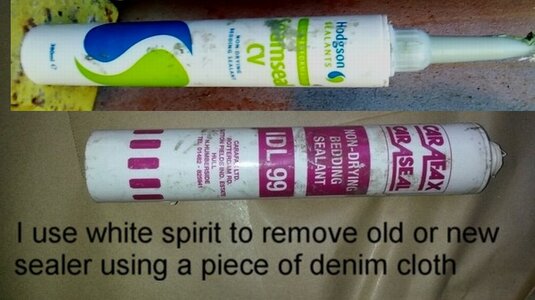Hi, as we head towards the colder weather I wanted to explore making my coachman amara a little warmer.
I have noticed that there are lots of holes in the floor where cables run under the caravan. They seems to have a draft coming in under the bed.
Can I block these up and if so what is the best way to do it? Silicon, expanding foam or what?
I have noticed that there are lots of holes in the floor where cables run under the caravan. They seems to have a draft coming in under the bed.
Can I block these up and if so what is the best way to do it? Silicon, expanding foam or what?


